Kalaripayattu, one of the oldest martial arts forms in the world, originated in Kerala, India, and has two distinct regional styles: Thekkan Kalari (Southern style) and Vadakkan Kalari (Northern style). Though both belong to the same overarching tradition of Kalari, they differ in terms of techniques, training methods, and historical influences.
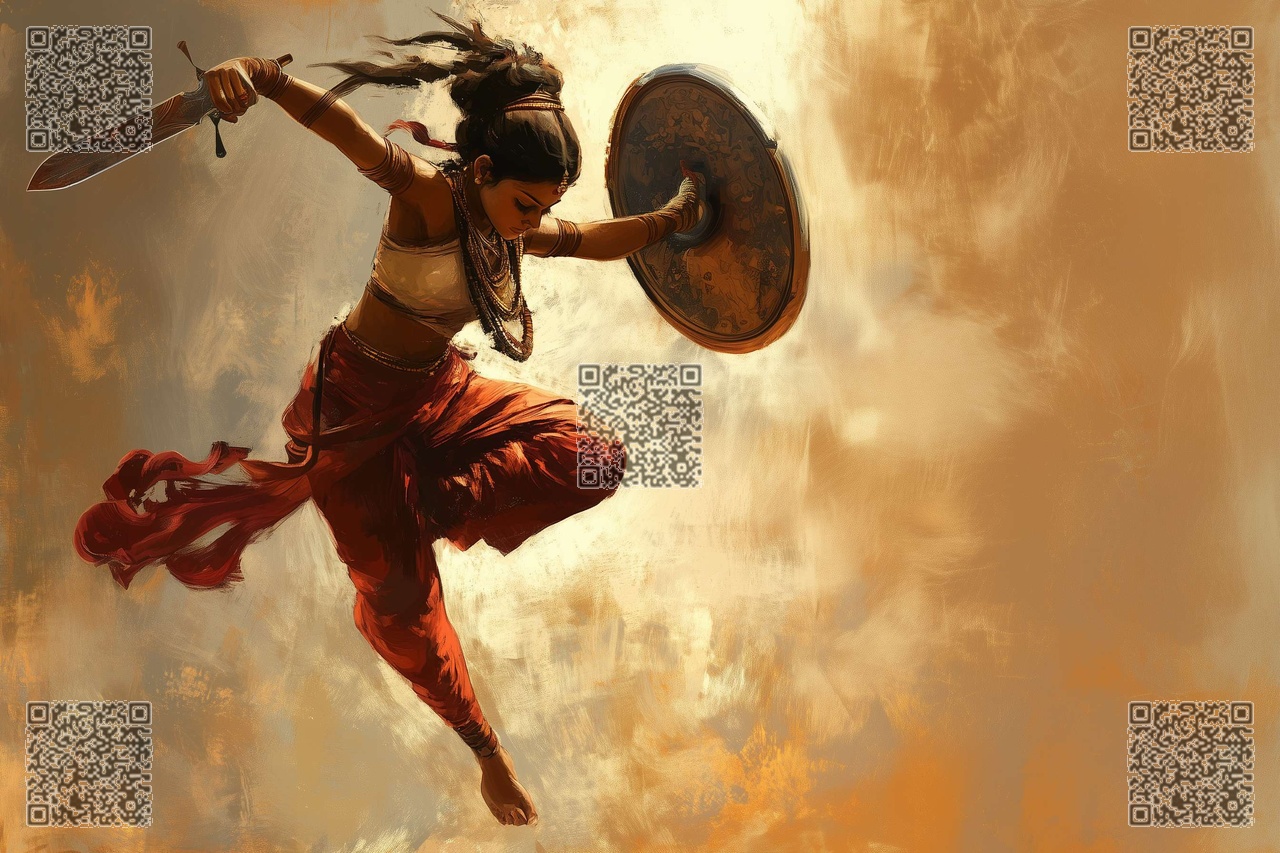
Origins and Historical Context
Kalaripayattu is thought to have been developed over 3,000 years ago as a system of combat for warriors and royal families in Kerala. It draws inspiration from the movements of animals and integrates physical and mental training. The two styles, Thekkan and Vadakkan, arose due to geographical, cultural, and historical differences in the northern and southern parts of Kerala.
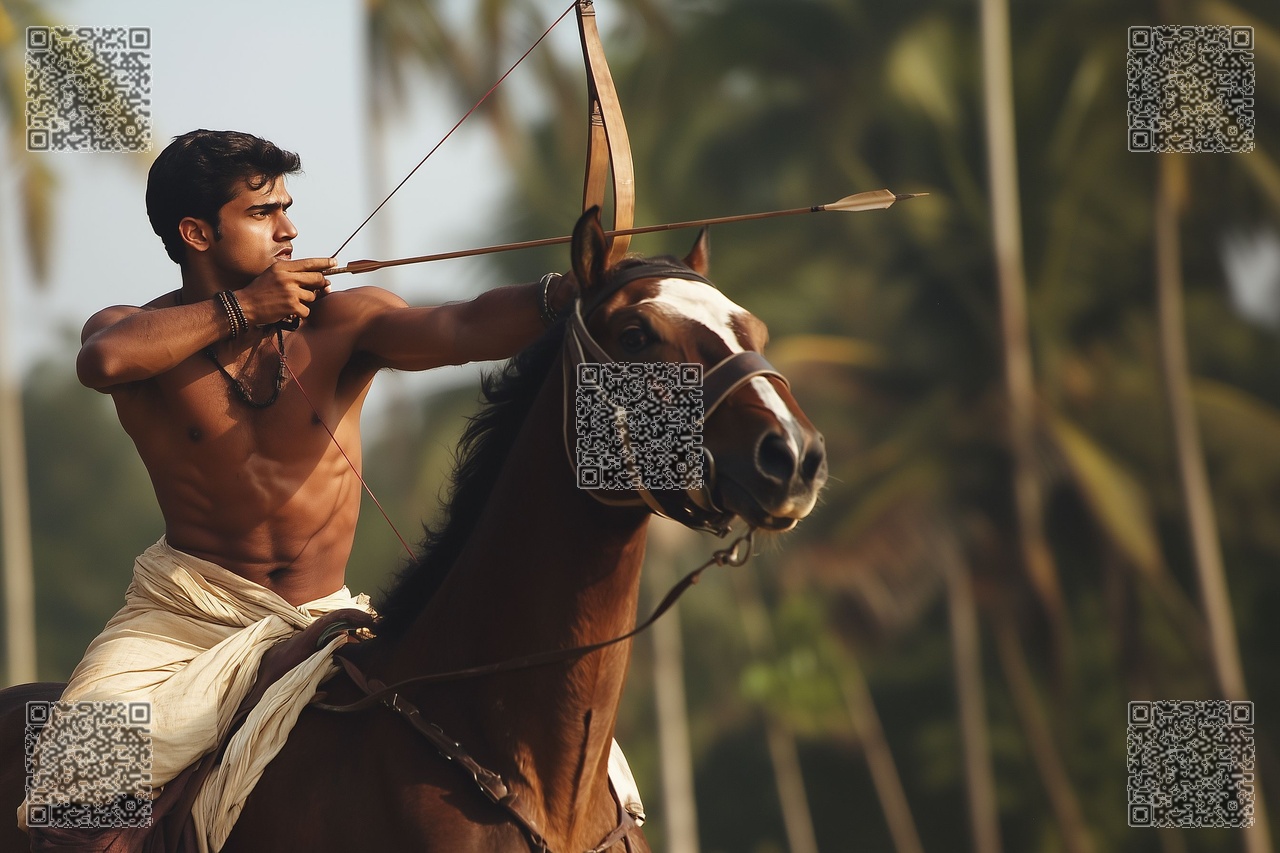
The Vadakkan Kalari emerged from the Malabar region (northern Kerala), while the Thekkan Kalari developed in the Travancore region (southern Kerala). The styles are strongly influenced by local histories, with Vadakkan Kalari becoming famous for its association with the legendary warriors of northern Kerala, known as the Chekavars, and their tales of valor.
Techniques and Training
One of the fundamental differences between the two styles is in their techniques and training methodologies. Vadakkan Kalari emphasizes a more elaborate, aesthetically fluid approach. It includes Meipayattu (physical conditioning exercises), Kolthari (wooden weapons training), Ankathari (metal weapons training), and unarmed combat techniques known as Verumkai. The movements are graceful, fluid, and often compared to a dance form. Practitioners focus on agility, flexibility, and mastering the art of precise strikes.
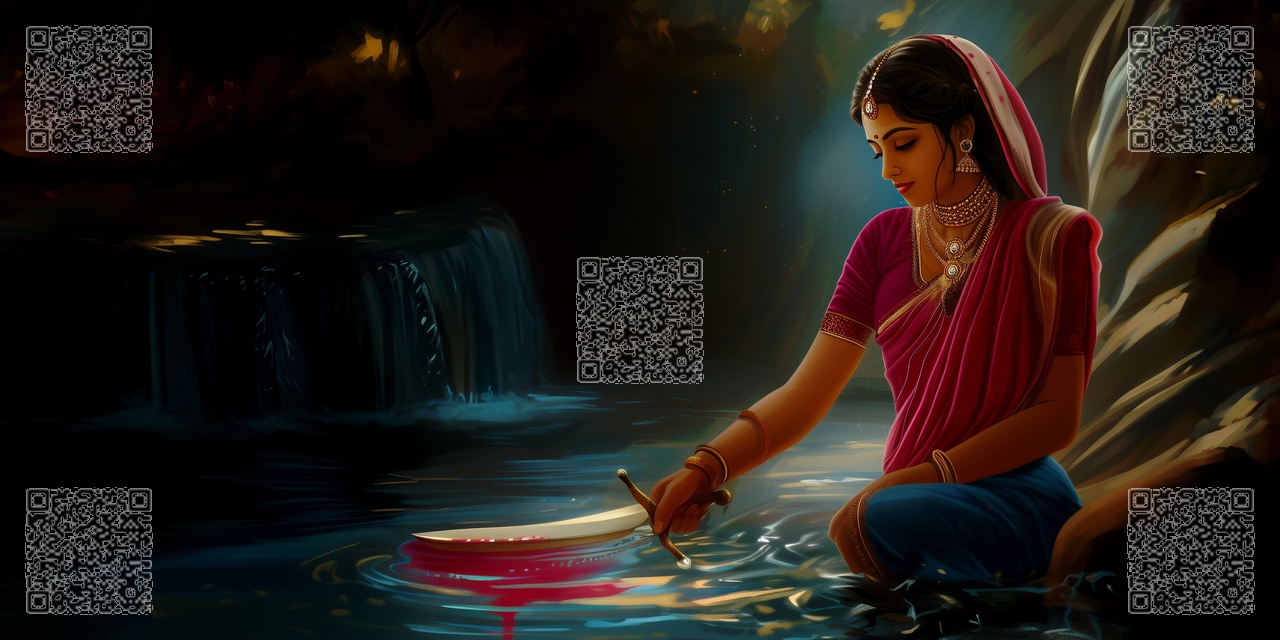
The Vadakkan Kalari places a significant emphasis on Marmam, which refers to pressure points in the human body. Advanced practitioners are trained in the knowledge of these points, which, when targeted, can cause serious injury or even death.
In contrast, Thekkan Kalari is known for its directness and simplicity. Thekkan Kalari fighters focus more on low stances, emphasizing power and aggression over elegance. Its movements are more compact and designed to be swift and effective in close combat situations. The techniques involve powerful strikes, locks, and grappling. While the Vadakkan style often focuses on dodging and quick movements, Thekkan Kalari practitioners are trained to take a more direct approach in combat, engaging opponents with forceful blocks and counter-attacks.
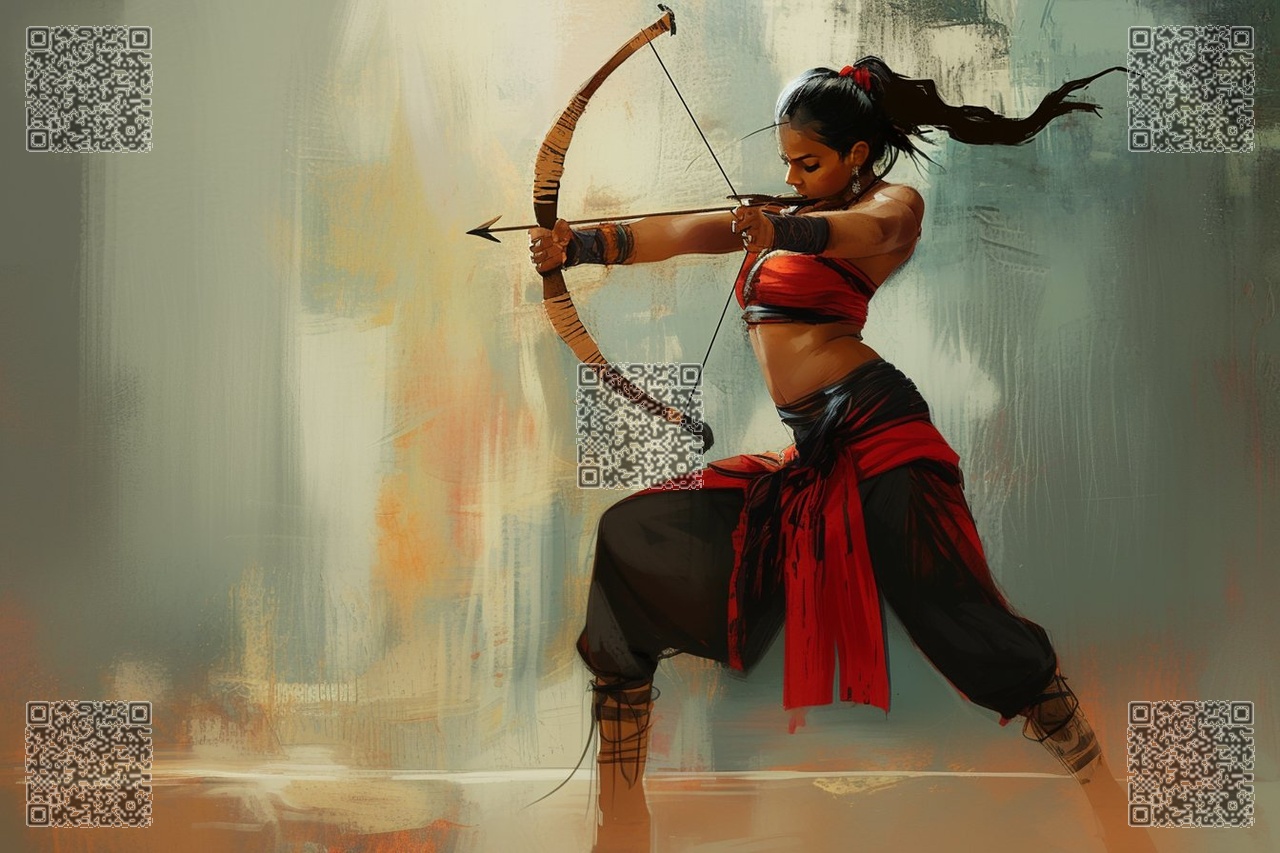
The use of weapons also differs between the two styles. While Vadakkan Kalari utilizes a broad range of weapons, including the Urumi (flexible sword), Katara (dagger), and spear, Thekkan Kalari focuses on fewer weapons but masters them with precision. One key weapon in Thekkan Kalari is the Churika, a short, curved sword known for its effectiveness in close-range combat.
Cultural Influence and Philosophy
Vadakkan Kalari is often tied to the northern Kerala ballads of heroism and chivalry, particularly the Vadakkan Pattukal (Northern Ballads) that narrate the deeds of warriors like Thacholi Othenan. The style reflects the warrior codes of honor and individual combat prowess.
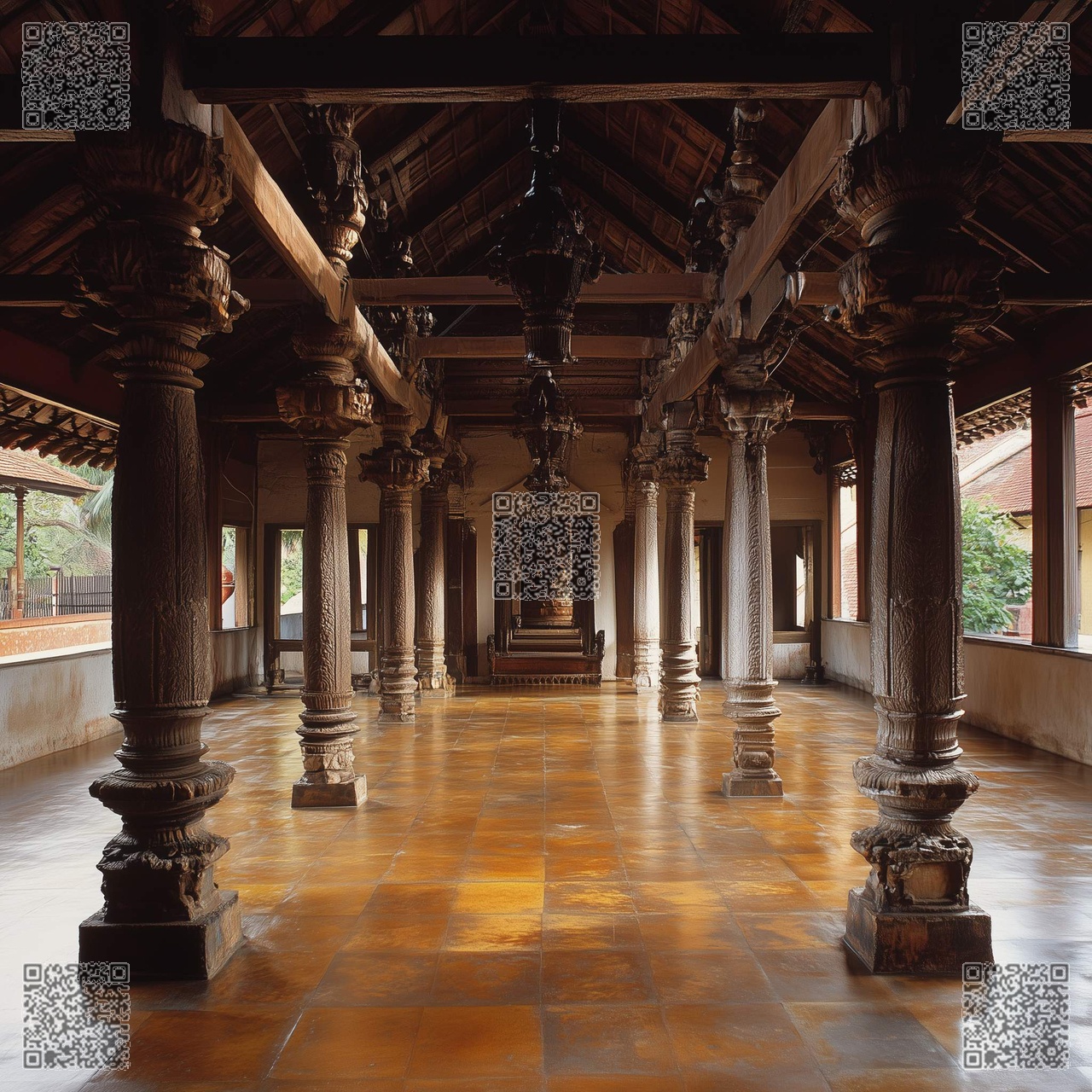
Thekkan Kalari, on the other hand, developed in a region historically more influenced by royal patronage and palace defense, resulting in a more practical, battlefield-oriented martial art. Its philosophy is rooted in efficiency and discipline, designed for quick resolution in combat rather than extended duels or displays of skill.
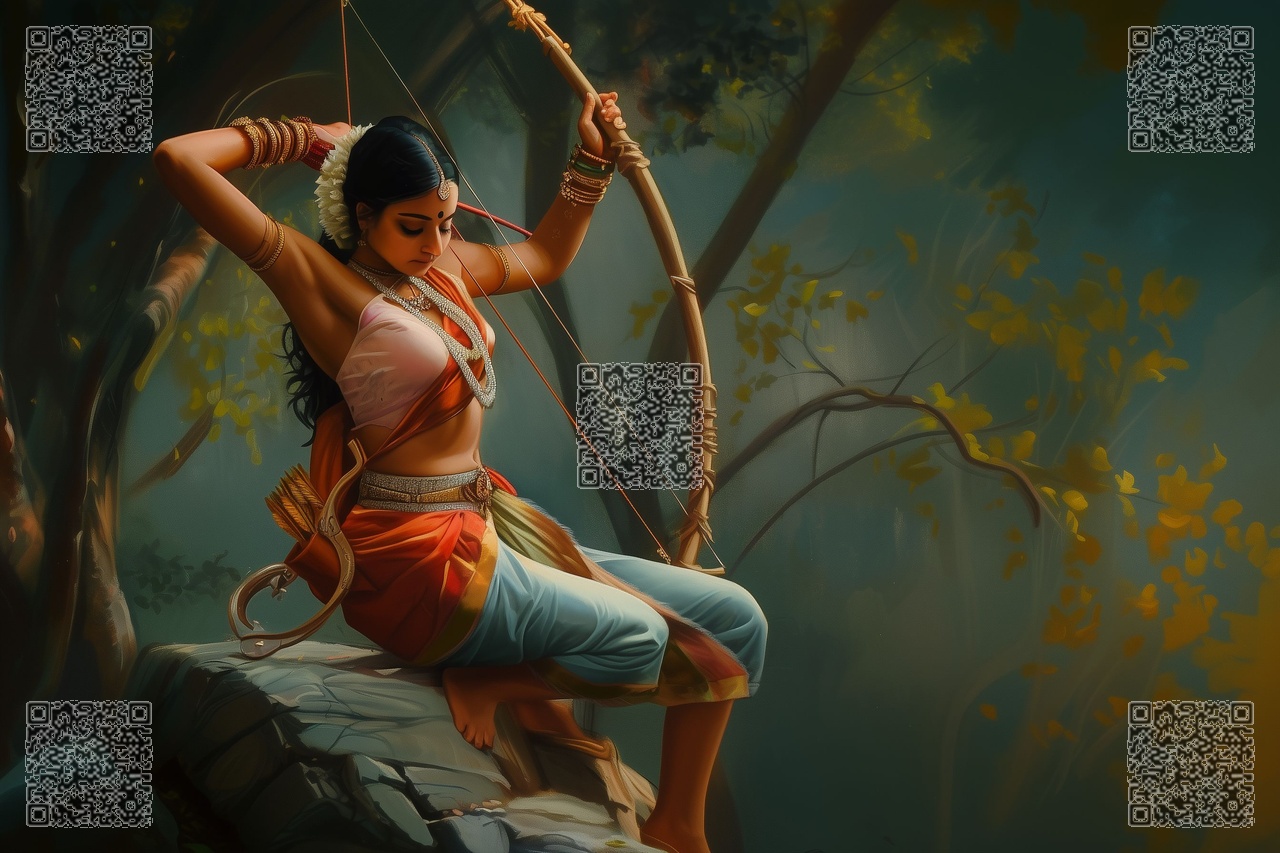
Conclusion
While Thekkan Kalari and Vadakkan Kalari share the same roots in Kerala’s martial traditions, their divergence in techniques, training approaches, and historical influences make them distinct. Vadakkan Kalari is more focused on finesse, agility, and showmanship, whereas Thekkan Kalari leans towards raw power, efficiency, and directness. Both styles, however, represent the rich and varied history of Kalaripayattu and its enduring legacy in Kerala’s culture.



